Six Sinister Secrets to Creating a Truly Scary Villain
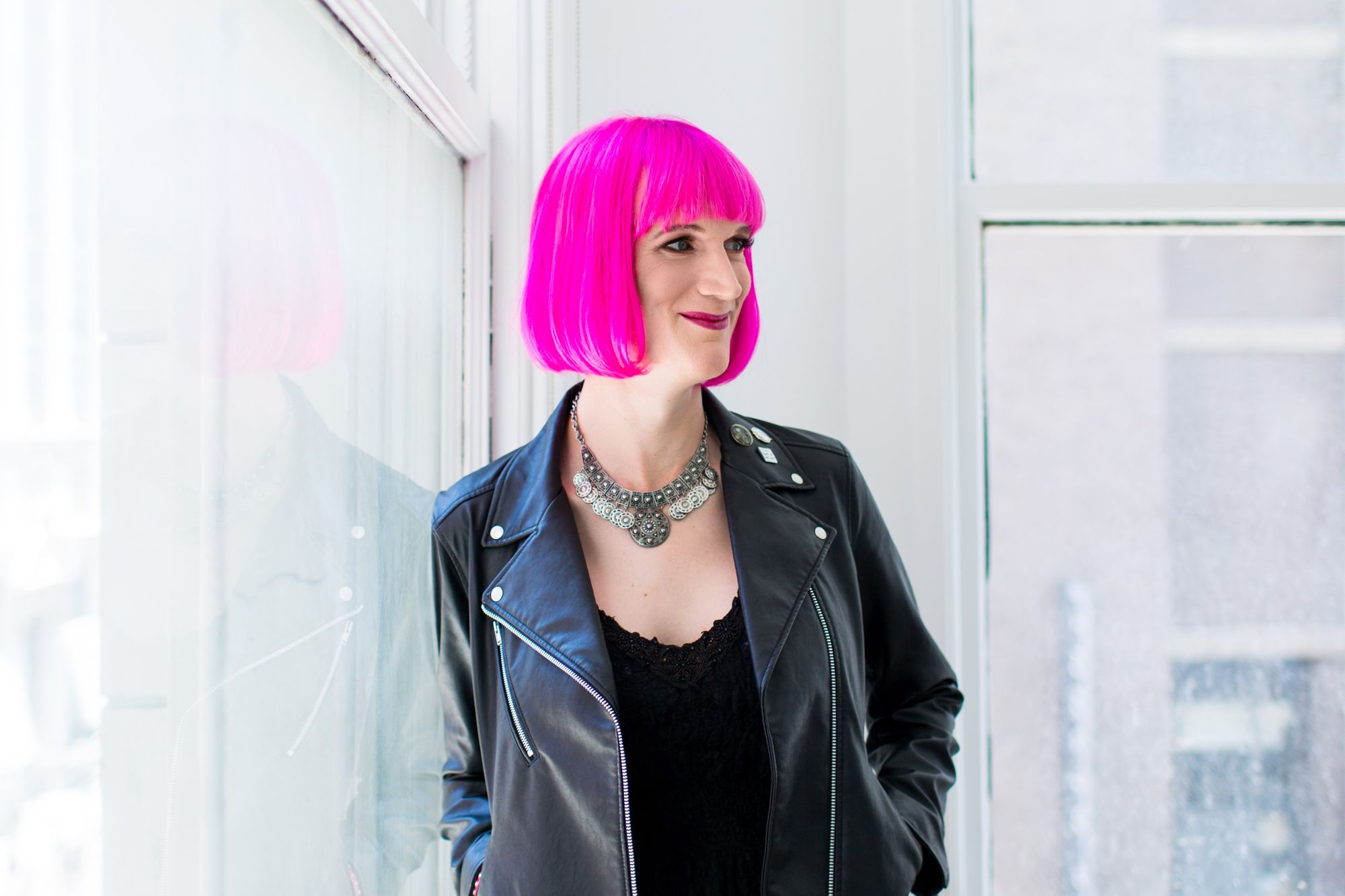
We're facing a real shortage of pants-wetting villains in pop culture these days. I've gotten used to seeing a lot of villains, especially in movies and TV shows, who feel like a bit of an afterthought, or just a nasty copy of the hero. Or else they're so sympathetic that they end up becoming more of an anti-hero, and usually get redeemed.
Villains should be able to commit almost any sin – except for the cardinal sin of being forgettable. Every time they show up, we should get scared and excited, because some shit is about to go down.
When I set out to write Victories Greater Than Death, my young adult space opera novel about heroic queer teens who save all the worlds, I really wanted to include an old-school, capital-v Villain. For my previous novels, I had tried to keep the morality of all my characters ambiguous, so that everybody got to make terrible decisions but also be pretty decent at times. But when it came to writing a swash-buckling, trash-talking adventure story with space battles and narrow escapes, I was determined to cook up a really monstrous baddie, like the ones who unnerved me when I was a kid.
The result was Thondra Marrant, a sadistic creep who literally ruins everything he touches. I tried to give him a complicated backstory that you could understand (but not exactly feel sorry for): Marrant used to be one of the good guys, but in his arrogance, he destroyed a whole planet and killed his own wife. He refused to accept any blame for his actions, and insisted the whole thing was someone else's fault. After his court-martial, he wound up joining a fascist insurgency and trying to kill all his former friends.
The rest of Victories Greater Than Death is pretty sweet and uplifting, but my hope is that the horribleness of Marrant will just make all the happy parts feel happier, chiaroscuro-style.
So here are six suggestions for how to create a villain that people can really root against:
1) Give them a terrifying look and sound. Sure, Darth Vader finally does get redeemed in Return of the Jedi, and we're all very aware that there's a lavafied Hayden Christensen inside that armor. But still... something about that shiny black helmet, black cape and leathery armor just fills me with dread, to this day. But please do not use assistive technology, like Vader's breathing apparatus, as a menacing signifier — there are plenty of ways to make villains strike fear into our hearts without adding to the stigma of ableism. The Borg also give me the willies, even after an endlessly demystifying series of extra stories: the Borg are kind of zombies, as well as unstoppable cyborgs.
So I feel like a proper nemesis should look and sound terrifying. After all, this person wants to strike fear into their enemies, by presenting an appearance that says "I am your doom."
2) Come up with a scary ideology that they subscribe to. Lately every villain has to be like the Joker: keen on "making the world burn" for no particular reason, and/or obsessed with proving that the hero is no different. But I love a villain who really believes in something horrifying. A fanatic is a lot harder to deal with, and can't usually be deterred with an impassioned speech appealing to their better nature.
So I'm a fan of baddies like Doctor Who's Daleks or She-Ra's Horde Prime, who have a very coherent worldview that requires the subjugation or annihilation of anyone they see as inferior. In the case of Marrant, that fascist insurgency he joined believes in humanoid supremacy, wiping out or crushing any intelligent creatures who don't have two arms, two legs and one head. They're called the Compassion, because they believe it's kinder to spare "misshapen" creatures from having to compete with everyone else.
3) Make them truly ruthless. One of my least favorite tropes is the villain who can't kill the hero, for reasons. Or the villain who has the hero at their mercy, but decides not to kill them because "I want you to live long enough to see everything you've built come to ruin" or whatever. Pro tip: If you're a murderous dirtbag and you have a chance to slaughter your arch-nemesis, take it.
Sure, this causes storytelling problems – the hero and the villain can't necessary have long conversations if the villain is going to kill the hero on sight. (Unless the villain gets captured long enough to have a chat, and then escapes.) But it's a baller move for the villain to eliminate anyone who gets in their way, or might possibly get in their way in future. And it's the most surprising thing a baddie can do, in this age of antagonists who pull their punches.
Ideally, every time you see a villain, they're doing something to move the story forward and ruin everyone else's day — not standing around speechifying.
4) Give them motivations that are understandable but twisted. It's kind of a cliche to say that every villain is the hero of their own story. I agree with this, up to a point – but there are plenty of people in the real world who seem to be able to justify truly abhorrent behavior and cruelty to themselves. A malefactor can have real, believable motives for their behavior, without necessarily becoming sympathetic – especially if the only way they can think of themselves as the hero of their story is by twisting everything around and rewriting history to make them look good.
5) Make them competent, and not easily fooled. If your plot relies on the villain making rookie mistakes, get a new plot. If your villain is a genius until the climax, when they suddenly turn into a dweeb, that's a problem, too. Sure, even the smartest villain makes mistakes and has character flaws that keep them from seeing the whole picture – like Marrant and his arrogance. But it's way more satisfying to defeat a monster who brings their "A" game than one who pretty much defeats themself.
6) Outline the whole story from their POV. What do they know at each point in the story? What are their objectives, and what actions are they taking to achieve them? How does each encounter with the protagonist change their plans or the actions they're willing to take to carry them out?
We don't need to see anything from the antagonist's POV necessarily, but every time we see them, we should understand what's brought them to this point. Sometimes it's easy to assume the villain knows everything the heroes know, or else that the villain is completely clueless – but if you can outline the whole sequence of events from their perspective, you can make them just as focused on their goals as everyone else in the story.
Charlie Jane Anders' latest novel is The City in the Middle of the Night. She's also the author of All the Birds in the Sky, which won the Nebula, Crawford and Locus awards, and Choir Boy, which won a Lambda Literary Award. Plus a novella called Rock Manning Goes For Broke and a short story collection called Six Months, Three Days, Five Others. Her short fiction has appeared in Tor.com, Boston Review, Tin House, Conjunctions, the Magazine of Fantasy and Science Fiction, Wired Magazine, Slate, Asimov's Science Fiction, Lightspeed, ZYZZYVA, Catamaran Literary Review, McSweeney's Internet Tendency and tons of anthologies. Her story "Six Months, Three Days" won a Hugo Award, and her story "Don't Press Charges And I Won't Sue" won a Theodore Sturgeon Award.
Charlie Jane also organizes the monthly Writers With Drinks reading series, and co-hosts the podcast Our Opinions Are Correct with Annalee Newitz.
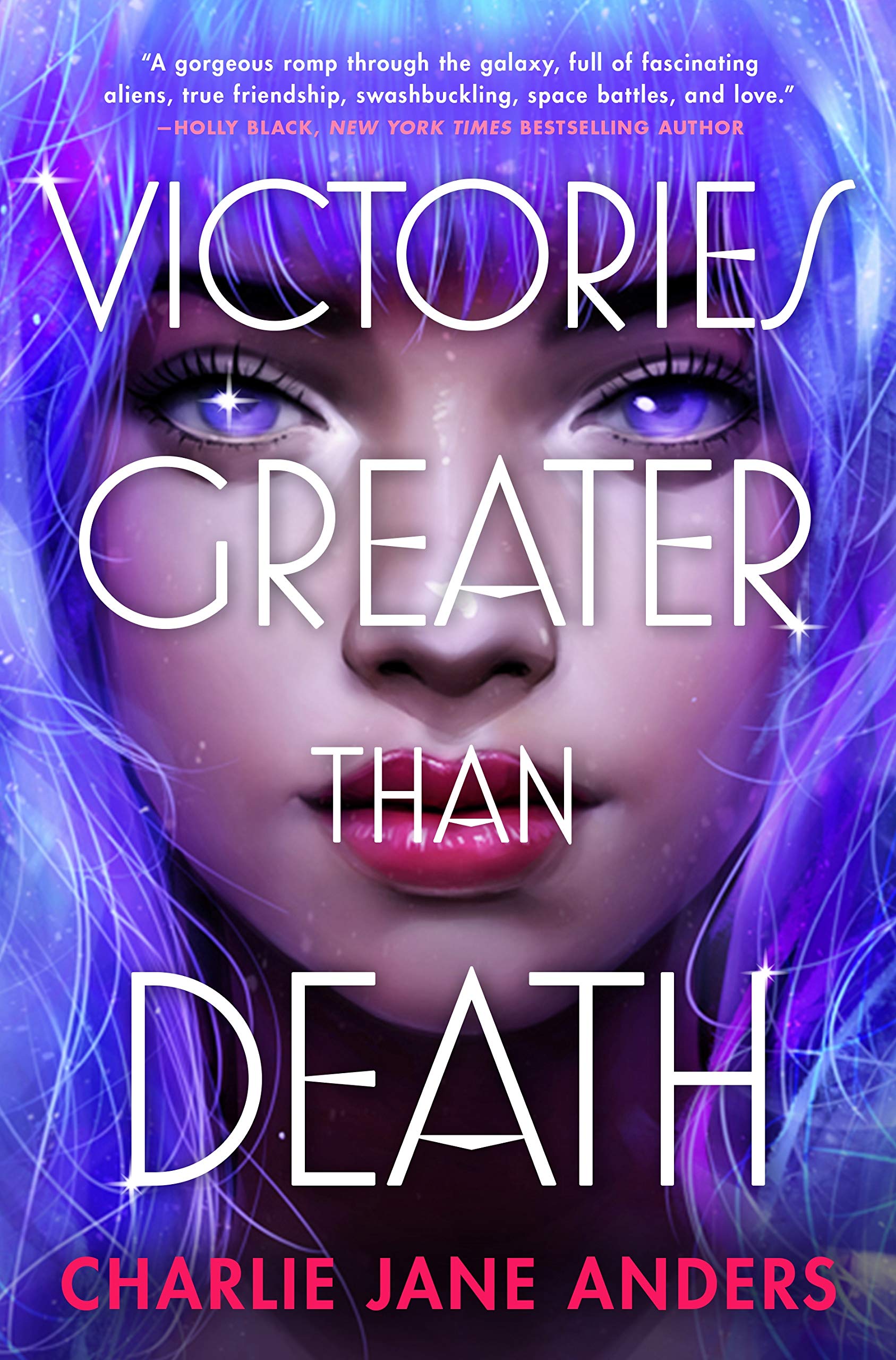
Tina never worries about being 'ordinary' – she doesn't have to, since she's known practically forever that she's not just Tina Mains, average teenager and beloved daughter. She's also the keeper of an interplanetary rescue beacon, and one day soon, it's going to activate, and then her dreams of saving all the worlds and adventuring among the stars will finally be possible. Tina's legacy, after all, is intergalactic – she is the hidden clone of a famed alien hero, left on Earth disguised as a human to give the universe another chance to defeat a terrible evil.
But when the beacon activates, it turns out that Tina's destiny isn't quite what she expected. Things are far more dangerous than she ever assumed – and everyone in the galaxy is expecting her to actually be the brilliant tactician and legendary savior Captain Thaoh Argentian, but Tina... is just Tina. And the Royal Fleet is losing the war, badly – the starship that found her is on the run and they barely manage to escape Earth with the planet still intact.
Luckily, Tina is surrounded by a crew she can trust, and her best friend Rachel, and she is still determined to save all the worlds. But first she'll have to save herself.
Add Victories Greater Than Death to your tbr here. Order it from your local independent bookseller, or order it via Bookshop.org to support independent booksellers throughout the US and the UK. For international shipping, you can try Barnes & Noble. If you prefer audiobooks, here’s your Libro.fm link. You can also request Victories Greater Than Death from your local library — here’s how to get in touch with them. And if you need to order from the Bad River Website, here’s a link that will leverage your order to help get clean water to people who need it.
This piece was revised 04/08/21 to clarify a point about the aesthetics of villainy. Thank you so much to the reader who pointed out the need for clarification.
If you haven’t already, I hope you’ll consider subscribing to this newsletter. The subscriber community is a wonderful and supportive one, and we’re spending 2021 finding new ways to stay connected and share experiences.
No matter what you do, please find a way to support Asian American and Pacific Islander communities. There are some resources here to get you started.
In the meantime, care for yourself and the people around you. Believe that the world can be better than it is now. Never give up.
—Gailey

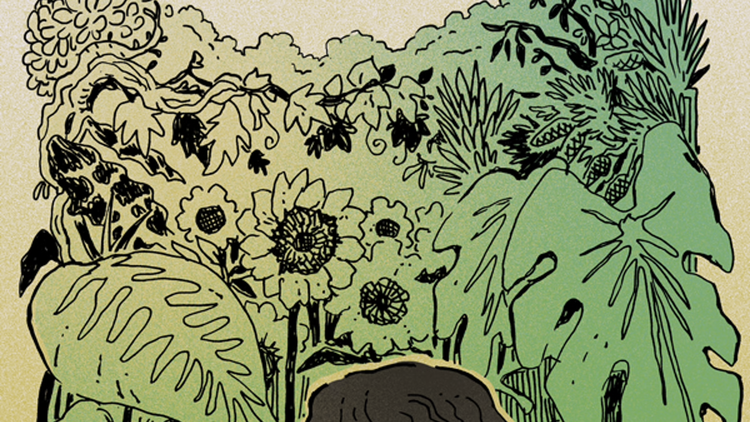
![Guest Host [sarah] Cavar](/content/images/size/w750/2025/03/COVER---Failure-to-Comply.jpg)

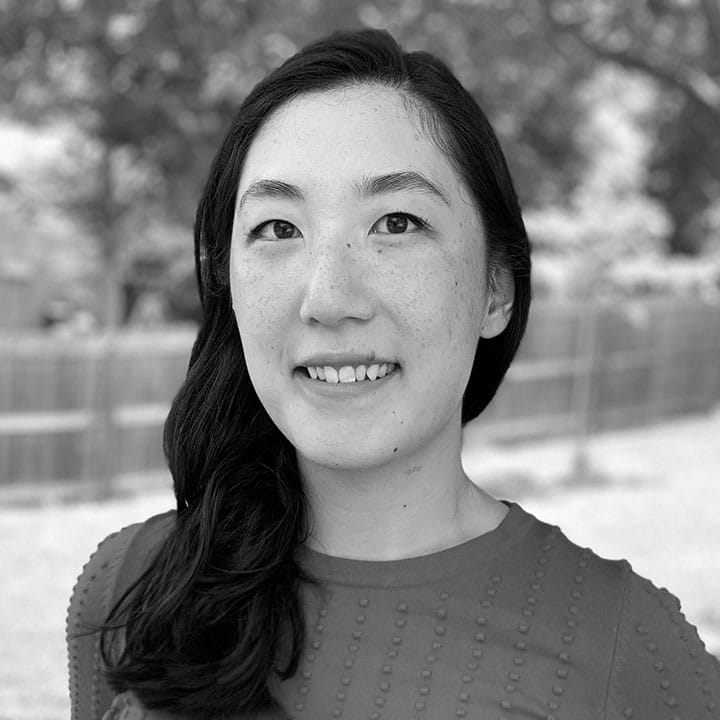
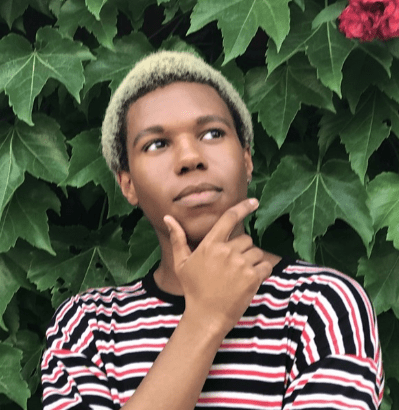
Member discussion